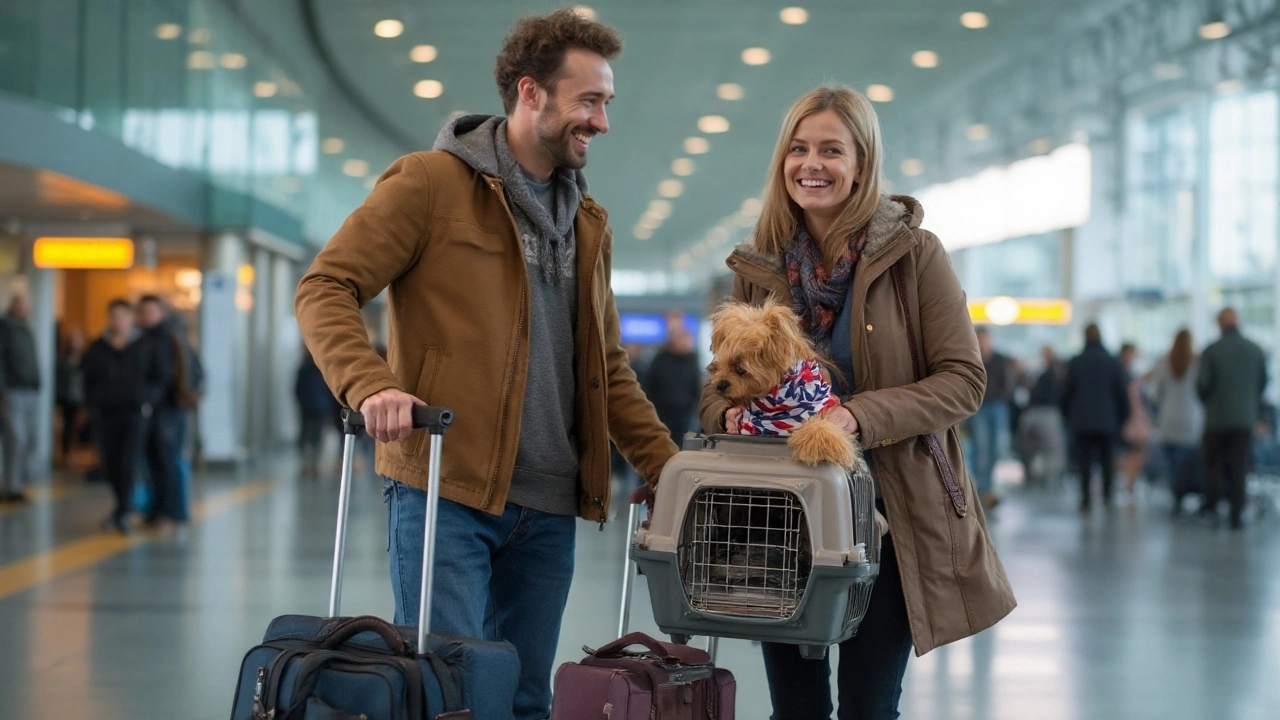TSA Approved Pet Carrier Guide – Quick Tips for Stress‑Free Travel
Traveling with a pet can feel like a juggling act, especially when the airline wants to check your carrier. The good news? If you pick a TSA approved carrier and follow a few easy steps, security won’t be a headache.
Choosing the Right Carrier
First, make sure the carrier meets TSA guidelines. It should be sturdy, have a zip or hook‑and‑loop closure, and be large enough for your pet to stand, turn, and lie down. Look for a carrier that’s labeled “Airline Approved” or “TSA Compliant” – these often have a clear front panel, which speeds up the inspection.
Size matters. Measure your pet from nose to tail and add a couple of inches. A carrier that’s too tight will stress your animal, while one that’s too big makes it harder to handle at the gate. Most UK airlines allow carriers up to 45 cm × 30 cm × 20 cm for cabin travel, but double‑check your specific carrier’s limits.
Ventilation is another must‑have. Mesh windows on at least two sides keep airflow steady and let you peek inside. A soft, removable bottom liner makes cleaning easy if there’s an accident before you even get to the plane.
Getting Through Security Fast
When you reach the TSA checkpoint, you’ll be asked to remove your pet from the carrier. This sounds scary, but a calm pet makes the process smoother. Keep a treat or favorite toy handy to distract them while you lift the carrier out.
Place the empty carrier on the conveyor belt for X‑ray scanning. The TSA agent will usually do a quick visual check of your pet. If the carrier is clear and labeled, the whole thing should take under two minutes.
To speed things up, have your pet’s health certificate, vaccination records, and any required airline paperwork ready in a folder. Some airlines let you upload these documents ahead of time, which means you won’t have to dig through your bag at the last minute.
After the scan, pull the carrier back, put your pet inside, and head to your gate. If you’re traveling internationally, remember that each country may have its own entry rules – double‑check those before you book.
In a nutshell, pick a sturdy, well‑ventilated carrier labeled TSA approved, keep your pet comfortable, and have paperwork within reach. Follow these steps and the security line will feel more like a quick checkpoint than a roadblock.
TSA Approved Pet Carriers: Everything You Need to Know Before Flying With Pets
Get the real scoop on TSA approved pet carriers. Learn about airline rules, carrier features, real examples, and super practical tips for stress-free flying with pets.
